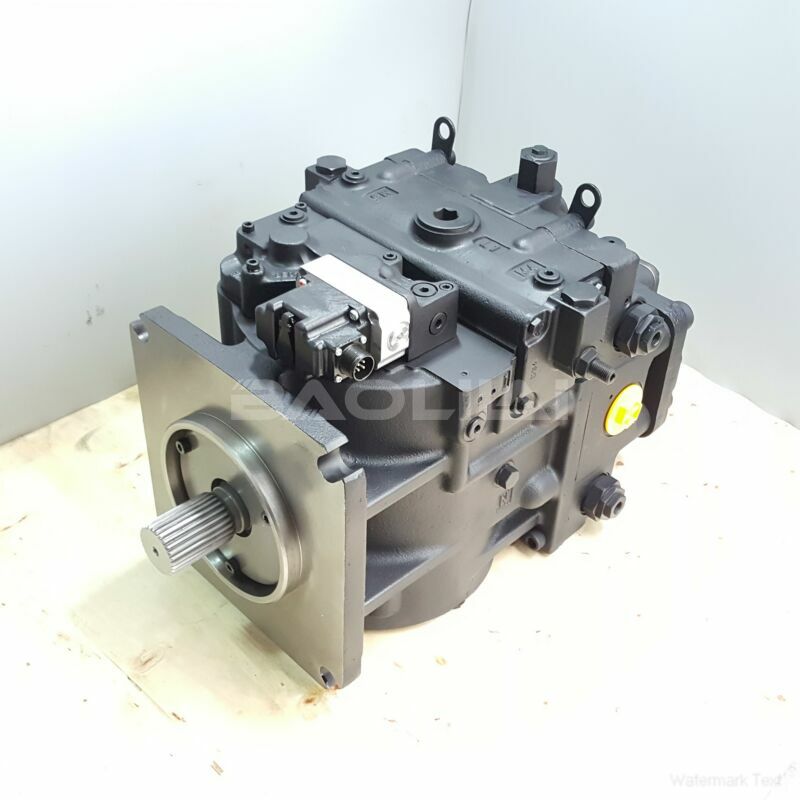90L130KA1BC80R4F1F03GBA353524 sauer danfoss pump
90L130KA1BC80R4F1F03GBA353524 sauer danfoss pump

- Product Details
- Applicable Scene
Hydraulic pumps are essential components in various industrial applications, but they can produce significant noise and vibration, which may pose problems in sensitive environments. These issues not only affect operational efficiency but can also lead to regulatory compliance challenges and workplace safety concerns. To effectively manage hydraulic pump noise and vibration, specific strategies and best practices must be implemented.
90-L-130-KA-1-BC-80-R-4-F1-F-03-GBA-35-35-24
90L130KA1BC80R4F1F03GBA353524
One of the first steps in addressing noise and vibration issues is the selection of the right hydraulic pump. When designing or selecting a hydraulic system, consider pumps that are specifically designed for low noise operation. Variable displacement pumps and gear pumps might be quieter than traditional fixed-displacement pumps. Moreover, checking for manufacturer specifications that include noise level ratings can help in choosing a pump that meets the environmental needs.

83016656
Once a suitable pump is selected, proper installation is crucial. Ensure that the hydraulic pump is mounted on a stable and strong foundation to reduce vibration transmission. Using vibration isolation mounts can be particularly effective. These mounts absorb vibrations and prevent them from transferring to the surrounding structure, effectively reducing ambient noise levels.
Regular maintenance is key in minimizing noise and vibration. A worn-out pump can generate excessive noise and vibrations. Establish a routine maintenance schedule that includes checks for wear and tear, fluid levels, and any loose components. Clean and replace filters regularly to maintain optimal pump performance and to diminish potential noise-producing issues.
Soundproofing is another valuable strategy for controlling noise in sensitive environments. Acoustic enclosures or sound barriers can be built around the hydraulic pump to dampen noise. Additionally, utilizing sound absorbing materials in the machinery room or pump house can significantly cut down on the overall noise levels.
Monitoring noise and vibration levels using appropriate sensors can provide early detection of issues. Vibration analysis tools can identify irregularities in the pump’s operation, which may indicate wear or malfunction. By closely monitoring these parameters, operators can take corrective actions before problems escalate, ensuring a quieter operation.





